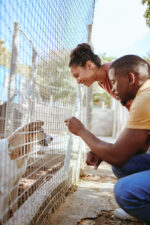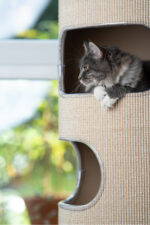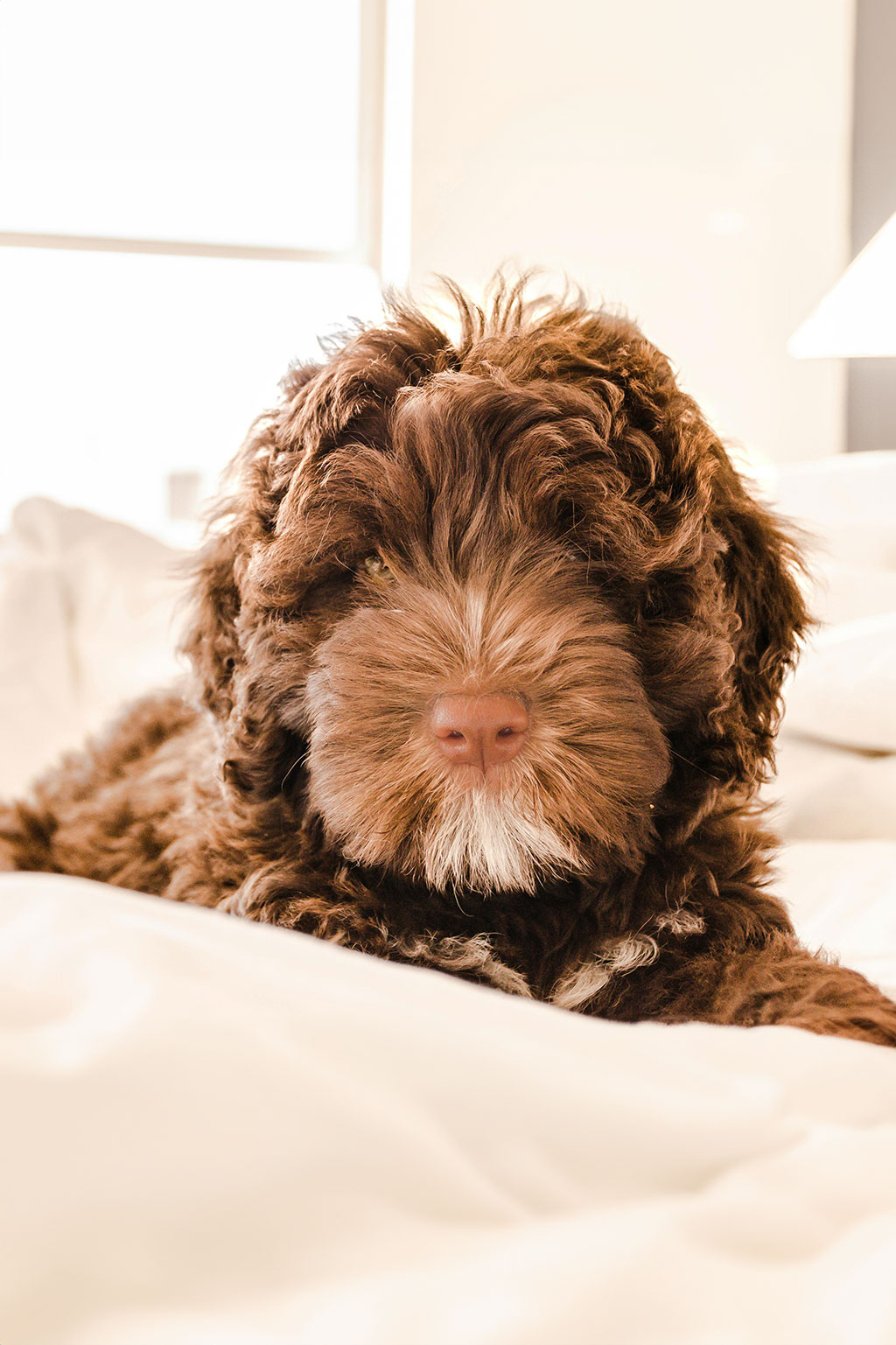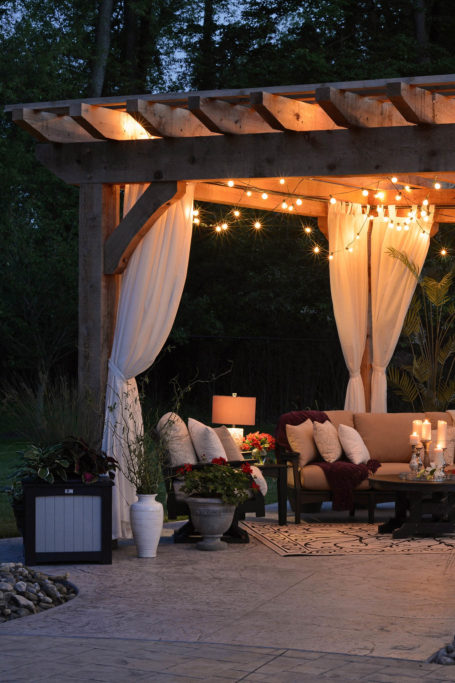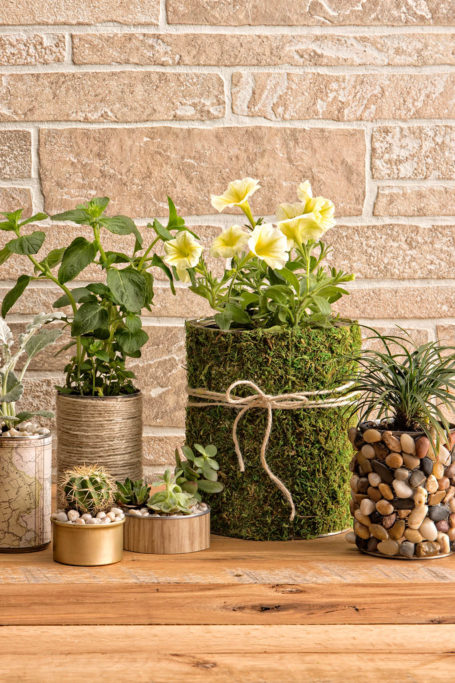Integrating Your New Pet into Your Home
Adopting a pet marks the start of a new journey, one featuring shared adventures, laughter, and a healthier you.
In fact, studies have found that pet interaction releases endorphins, a feel-good hormone, while also lowering your blood pressure and stress. But to ensure such positive experiences, you need to invest the time and effort in making them feel at home and building a bond with them. Here are some considerations to help you transition into dog or cat parenthood with ease.

Prepare your home
The first step in creating a happy and meaningful life for your pet is prepping your home to suit their needs. Let’s go over two of the top priorities to focus on to help accommodate them.
Create a pet paradise
There’s no such thing as spoiling your pet, so feel free to load your home with as many beds, toys, and treats as you see fit. Place the first in sunny spots by the window or near where you like to hang out to promote companionship, and keep the latter two accessible for whenever they’re appropriate. Additionally, tailor your spoils based on your pet’s type and breed. For example, cats enjoy vertical spaces, so consider installing trees or shelves around your house to create a system of walkways and perches that meet their natural inclination to climb and inspect their territory.
If your dog is a more energetic breed, like a Labrador retriever or a Border Collie, and you’re picking out a new home, think about a place with a large backyard where they can run out their zoomies. If you are looking for a larger home to accommodate for your growing family, make sure to let your real estate agent know so they can help spot these pet-friendly finds.
Pet-proof
Make your home safe for your pet by keeping any potentially dangerous items out of reach, such as poisonous plants or electrical wires. For dog owners, a fenced-in yard guarantees your pup can securely enjoy the surroundings, offering you peace of mind. As for the cat parents, you might want to make sure you have doors with secure locks, windows that are tight and free of rust and any small gaps or openings in your home are blocked since cats are naturally curious and may take any opportunity to explore in places they shouldn’t.
Learn your pet’s personality
When you and your pet travel the world together, your bond strengthens. You don’t always have to go far to find some gems that your pets will be sure to love. If you live a more active lifestyle, many cities offer pet-friendly hiking trails or dog parks, allowing you to enjoy the fresh air and beauty together with your pet.
Go on adventures
Bonding doesn’t have to be limited to the indoors. Depending on their personality, dogs and cats alike may enjoy venturing into the great outdoors to explore nature. Doggie parks offer a safe environment for your dog to run around, play, and meet other dogs, and hiking routes that welcome pets can be found in both rural and urban areas alike. There may even be a beach or swimming location near you that allows pets to splash around and cool off. Just make sure to read up on a locale’s proper etiquette and leash laws and pack up plenty of water for your pet before you go.
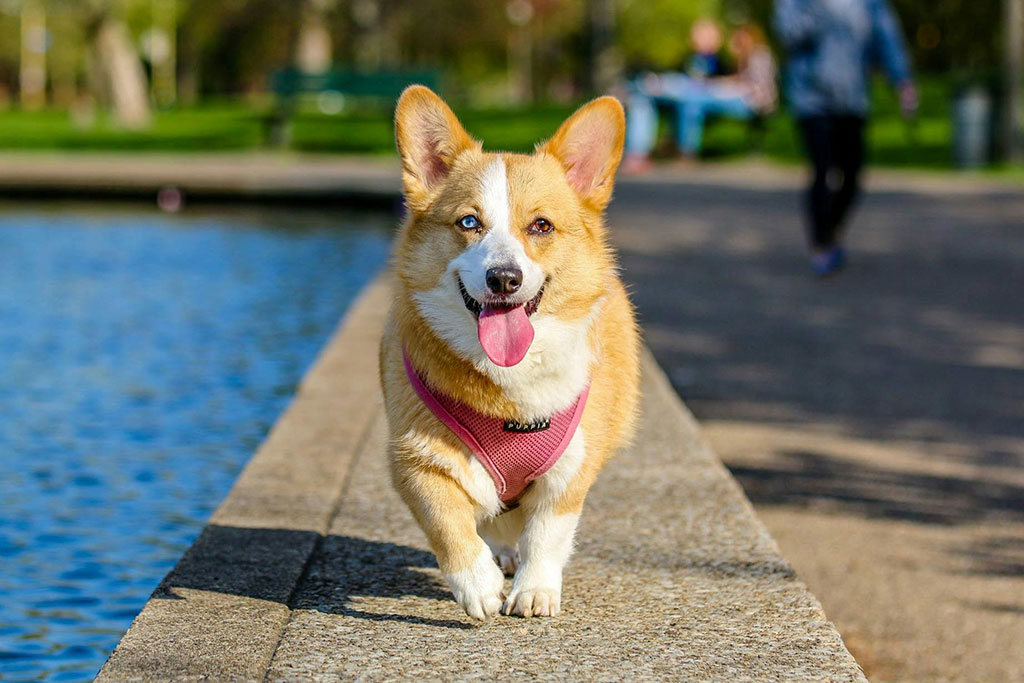
Set a schedule
Animals thrive on predictability. Schedule regular mealtimes to keep their digestion on track and prevent them from becoming overly hungry. Plan consistent walks or outdoor playtime to allow them to relieve themselves and explore their environment. Dedicate specific times for interactive play sessions that provide exercise, mental stimulation, and strengthen your bond. Finally, try to maintain a consistent bedtime routine. This helps regulate their sleep-wake cycle and promotes restful sleep for both of you. While some flexibility is inevitable, sticking to a regular schedule as much possible creates a sense of security and predictability for your pet. They’ll learn to anticipate what comes next, reducing stress and allowing them to relax and enjoy your company.
Invest in training
A well-behaved family pet is the product of basic obedience training, which is a time-consuming process that requires your full commitment. This is generally more of a necessity with dogs, who need direct and firm guidance to prevent bad habits such as jumping and furniture destruction and ensure good socialization. To equip your pup for success, consider enrolling them in puppy socialization classes or working with a certified trainer to establish clear commands and positive reinforcement techniques.
Unlike dogs, cats can be trickier to train using traditional methods, but that doesn’t mean they can’t learn. Positive reinforcement techniques, like clicker training or rewarding good behavior with treats, are highly effective for cats. Focus on preventing or redirecting negative behaviors early on rather than punishment. This will help your feline friend develop positive associations with desired behaviors and strengthen your bond.
By being meticulous in your preparation and committing to providing for your animal buddy, you can create a life that is both happy and meaningful for them. Embrace the delight that comes with being a pet owner, you’ll soon find yourself making many joyful memories with them.


